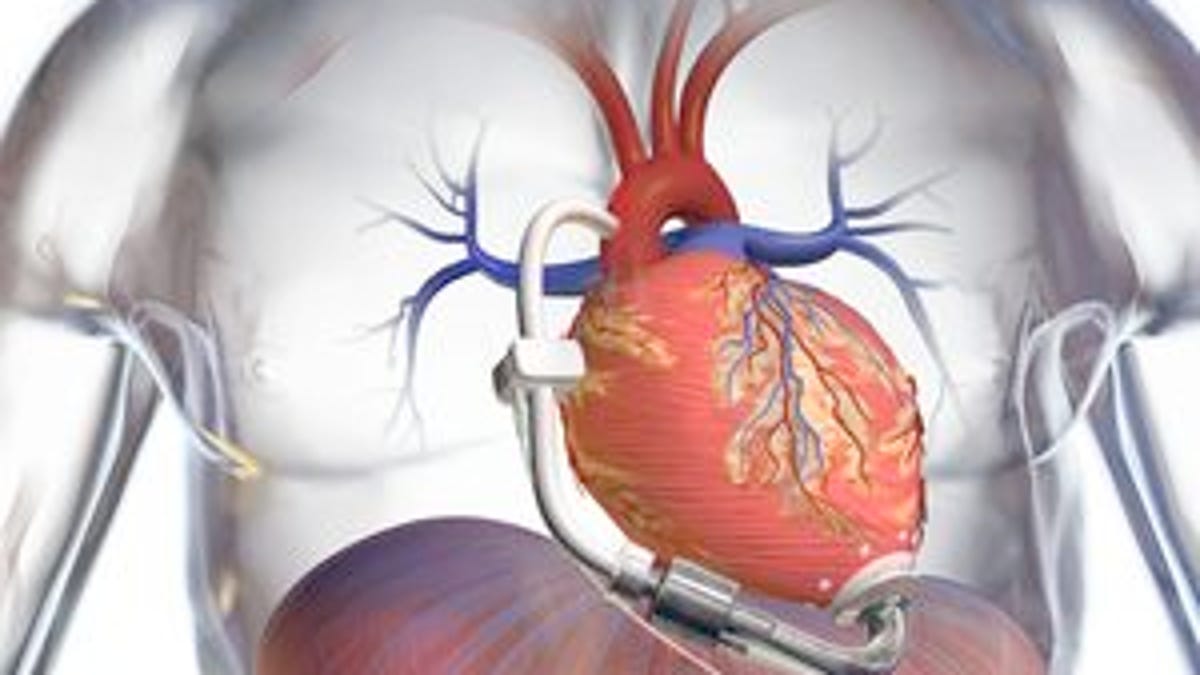The human heart: One step closer to 'unbreakable'
A team of cardiac surgeons in Germany announces the successful implant of the world's smallest ventricular assist device.

When the wizard announced in "The Wizard of Oz" that "hearts will never be practical until they can be made unbreakable," he was being technologically visionary. A few weeks after the first successful implant of the world's smallest and lightest ventricular assist device (VAD) at the Heidelberg University Hospital in Germany, cardiac surgeons announced that hearts may now be, in so many words, one step closer to "unbreakable."
The HeartAssist 5, which is the fifth generation VAD evolved from the original DeBakey, weighs in at one fifth of a pound (92 grams) and is made of plastic and titanium. Manufactured by MicroMed Cardiovascular, it pumps blood from the weakened (or failed) left ventricle into the aorta in what is described as "an especially effective, gentle, and quiet manner."
The patient in Germany--a 50-year-old woman--suffered from heart failure that couldn't be treated with medication or a heart transplant due to prior medical issues. The HeartAssist 5 is expected to work for the remainder of her life.
The VAD is also intended to serve as a "bridge-to-transplant" while patients who can be treated with a heart transplant wait for a match.
The original DeBakey was developed at the Baylor College of Medicine in Houston in the 1990s, in cooperation with NASA, by renowned American cardiac surgeon Michael DeBakey, who was at the time in his 80s. (DeBakey died last year at the age of 99, outliving his first wife and two of his sons. In 2006 one of his innovations helped prolong his life when he underwent surgery--without his consent, interestingly--to repair a torn aorta. He later thanked his surgeons for making the tough decision.)
In the U.S., the HeartAssist 5 is the only FDA-approved pediatric VAD, while a bridge-to-transplant IDE (Investigational Device Exemption) clinical study is currently under way for adults.
Meanwhile, researchers have just received a $2.8 million grant from the National Institutes of Health to continue work on a totally artificial, pulse-less heart using two HeartAssist 5 VADs--one to circulate blood throughout the body, the other to circulate blood to and from the lungs. Unbreakable indeed.
Correction, 1:05 p.m. PDT: This story had the incorrect "Wizard of Oz" character. It was the wizard.

